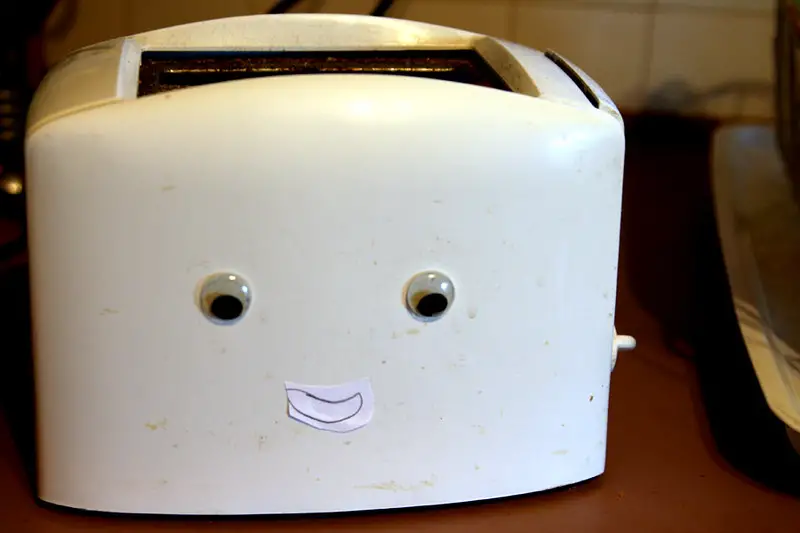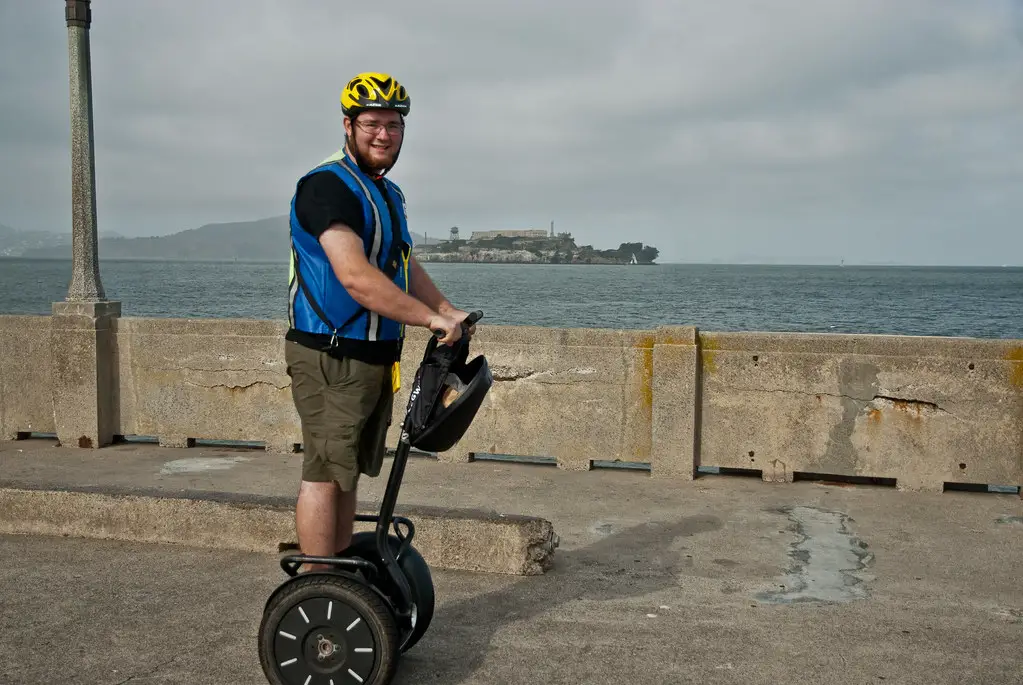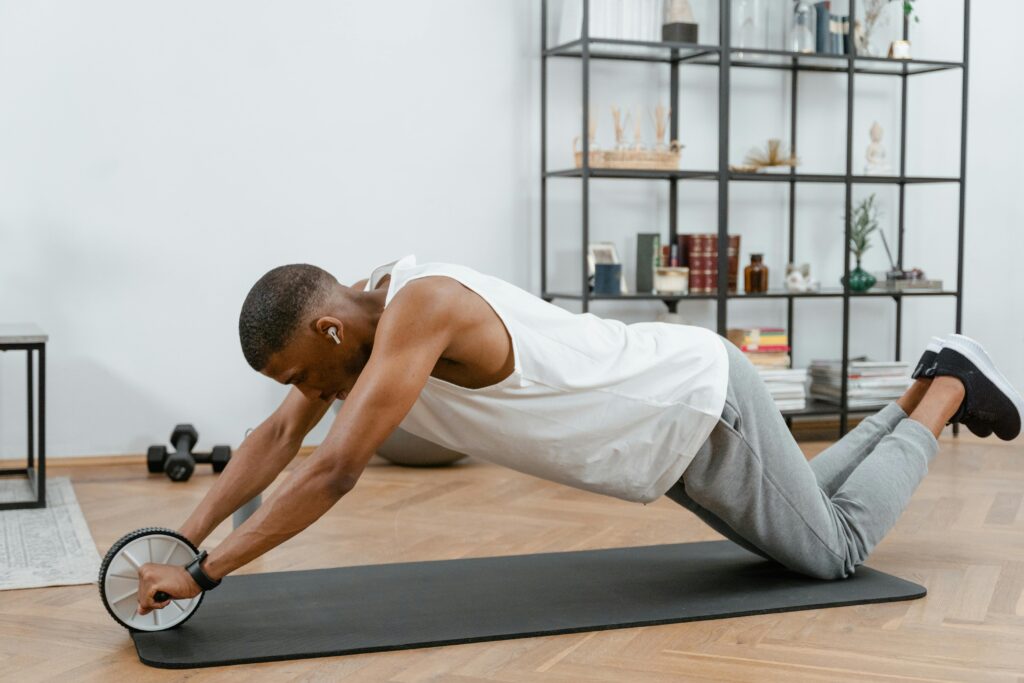1. The Flowbee Haircutter

When the Flowbee hit the market, it promised salon-quality haircuts right at home, all powered by your trusty vacuum cleaner. The infomercials made it look effortless, with smooth cuts and smiling families who apparently never had to see a barber again. But in reality, many people ended up with jagged, uneven hair that looked more like a lawn after a rough mowing. Parents who tried it on their kids quickly learned that children don’t sit still long enough for a vacuum-powered haircut.
Beyond the questionable results, the Flowbee had another drawback: the humiliation factor. No one wanted to admit that their new haircut came courtesy of a vacuum hose. While it did have some die-hard fans, most people who tried it once shoved it into the back of a closet and never touched it again. It was marketed as revolutionary, but for most households, it was more embarrassment than innovation.
2. The Ionic Breeze Air Purifier

The Ionic Breeze was sold as a miracle machine that quietly cleaned the air using ions, not noisy fans. The ads promised fresher air, fewer allergies, and a healthier home. But what customers didn’t know was that the product generated ozone, which can irritate the lungs and actually worsen breathing issues. Instead of solving health problems, it sometimes created new ones.
People who bought it often noticed little difference in air quality, even after months of use. Consumer Reports famously panned the product, saying it was ineffective. Lawsuits and bad press eventually piled up, and what was once a must-have home gadget became a cautionary tale. The Ionic Breeze was proof that sometimes “silent and powerful” is really just silent and useless.
3. The Sunbeam Radiant Control Toaster

This toaster was supposed to be smarter than the average appliance, adjusting its toasting time based on the bread’s temperature. The idea was appealing: no more burnt toast or underdone slices. But in practice, the “smart” feature wasn’t all that smart, and people found it frustratingly inconsistent.
The toaster often burned bread beyond recognition, or popped it out barely warmed. Worse, the internal sensors were prone to breaking, leaving owners with an expensive but useless hunk of metal. What should have been a simple pleasure—crispy golden toast—turned into a gamble every morning. For many, it was a reminder that over-engineering a simple task rarely works out well.
4. The Segway Scooter

When it launched, the Segway was hyped as the future of personal transportation. It was supposed to change how cities were designed and how people moved around. Instead, it became a punchline, mostly used by mall cops and city tour guides. For everyday households, it was clunky, expensive, and totally impractical.
Safety was another issue. Many users reported injuries from falls, and even high-profile figures like President George W. Bush famously tumbled off one. Its bulk made it hard to store, and the cost kept it out of reach for most families. Instead of revolutionizing travel, the Segway ended up as an overpriced toy that few people ever really needed.
5. The Glass Electric Percolator

In the mid-20th century, glass electric percolators were all the rage. They promised a chic, modern way to make coffee while letting you watch the brew cycle. Unfortunately, they were notorious for shattering under heat and pressure. A morning cup of coffee sometimes came with the risk of flying glass shards.
Even when they didn’t break, the coffee they made was often bitter and over-extracted. The percolating process ran the water through the grounds multiple times, leading to a harsh taste. People eventually learned that drip machines or French presses made much better coffee without the danger factor. What started as a stylish kitchen statement often ended as a regrettable purchase.
6. The ThighMaster

In the ‘90s, the ThighMaster became a pop-culture sensation thanks to endless commercials with Suzanne Somers. It claimed to tone your legs and give you the body of your dreams with just a few squeezes a day. People everywhere rushed to buy it, hoping for effortless fitness. But reality hit fast.
The ThighMaster did work a very specific muscle group, but it wasn’t the magic solution people expected. It didn’t burn fat or provide overall fitness, and most buyers quickly abandoned it. For many, it ended up as another dust collector in the closet of broken exercise dreams. Its cultural fame lasted longer than its actual usefulness.
7. The Hoverboard

When hoverboards hit stores in the 2010s, they were instantly trendy. Kids zipped around neighborhoods while adults cautiously gave them a try. But the dream of floating transportation quickly came crashing down. Cheaply made versions of the gadget had batteries that overheated and even caught fire.
Safety recalls swept the market, and many parents banned them from their homes. On top of that, the devices weren’t really hoverboards at all—they were just two-wheeled self-balancing scooters. They were awkward to ride, easy to fall off of, and too dangerous to keep indoors. What was supposed to be futuristic fun ended up as a literal fire hazard.
8. The PedEgg

The PedEgg was marketed as a simple solution for dry, cracked heels. You’d gently scrape away dead skin, leaving baby-soft feet behind. For a while, it seemed like a clever household gadget, cheap and easy to use. But in practice, it often did more harm than good.
People who pressed too hard ended up cutting their feet, sometimes painfully. Others found that scraping made their skin even rougher over time, not smoother. The PedEgg may have been a hit on TV commercials, but for many households, it was another product that promised too much and delivered too little.
9. The Slap Chop

The Slap Chop became a late-night infomercial legend thanks to its overly enthusiastic pitchman. The promise was simple: dice and chop veggies in seconds with just a few slaps. But users quickly discovered that it jammed easily, and cleaning it was a nightmare.
Instead of making kitchen prep easier, it often made it messier. Chopped food stuck inside the mechanism, and the blades dulled after only a few uses. For many people, a plain old knife was faster, easier, and less frustrating. The Slap Chop is remembered more for its commercial than its actual usefulness.
10. The Topsy Tail Hair Tool

In the ‘90s, the Topsy Tail hair tool became a must-have for quick, stylish ponytails. The commercials made it look foolproof—just loop your hair through and you’d have a chic twist in seconds. But for most people, the reality was tangles, snags, and frustration.
The tool often broke after a few uses, and the results rarely looked as polished as promised. Many women went back to using regular hair ties and bobby pins after just a few tries. While it promised creativity and elegance, the Topsy Tail mostly delivered disappointment and split ends.
11. The Juicero

The Juicero became infamous for being both overhyped and unnecessary. It was a $400 juicing machine that only worked with proprietary pre-packaged produce packs. Worse, people discovered you could squeeze the packs by hand and get the same juice—no machine needed.
The backlash was swift, with critics calling it a symbol of Silicon Valley excess. Buyers felt duped, and the company collapsed in embarrassment. What was supposed to be a health revolution turned into a running joke. Juicero proved that not every high-tech solution is worth the price tag.
12. The Clapper

The Clapper was one of the most memorable “As Seen on TV” products of the ‘80s and ‘90s. The idea was convenient: turn your lights on and off with a simple clap. The commercials were catchy, and plenty of households tried it out. But it had some hilarious flaws.
The device often misfired, turning lights off when people sneezed, coughed, or laughed too loudly. Some models were overly sensitive, while others barely responded at all. What sounded like a futuristic convenience ended up as a source of frustration. For many, flipping the switch the old-fashioned way was still easier.
13. The Ab Roller

The Ab Roller promised a perfect six-pack with minimal effort. Just rock back and forth, and you’d supposedly get ripped abs in no time. Infomercials made it seem like the shortcut everyone had been waiting for. But exercise experts quickly pointed out its flaws.
The Ab Roller didn’t provide much more benefit than a basic crunch. In fact, some people used it incorrectly and ended up straining their necks or backs. Like many home fitness gadgets, it promised results it couldn’t deliver. For most households, it became yet another piece of plastic collecting dust under the bed.
